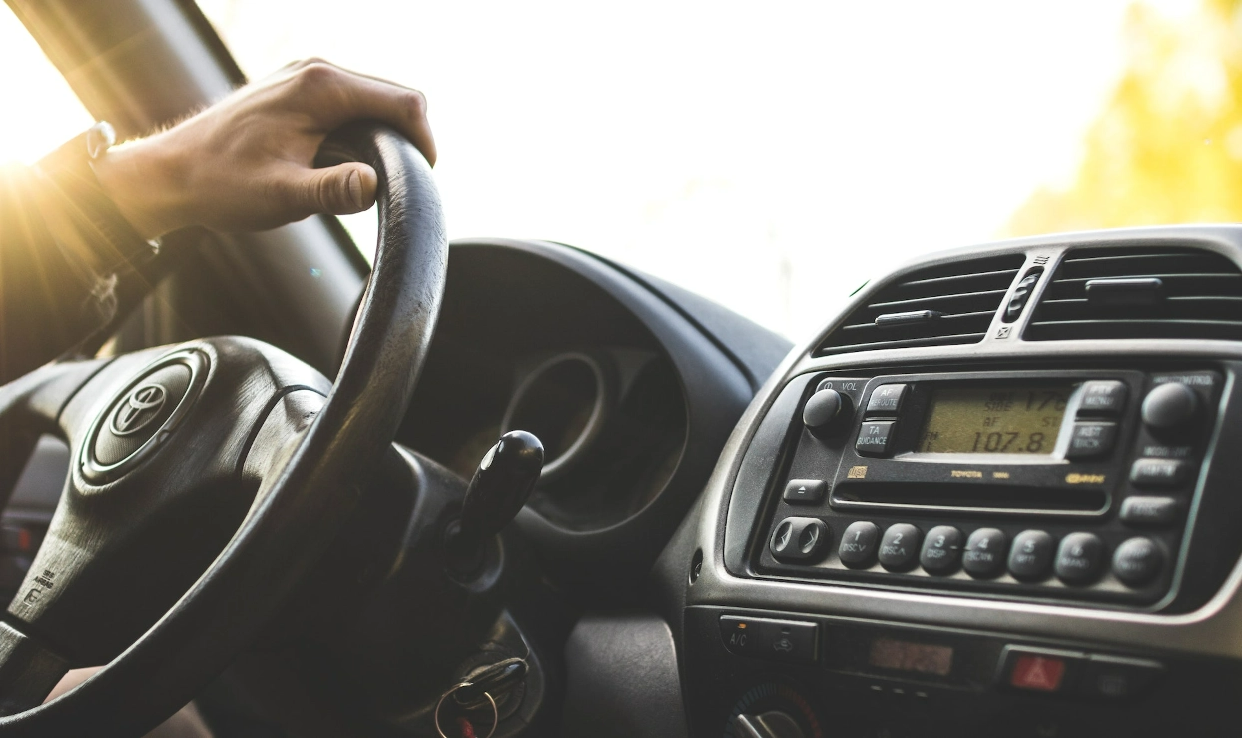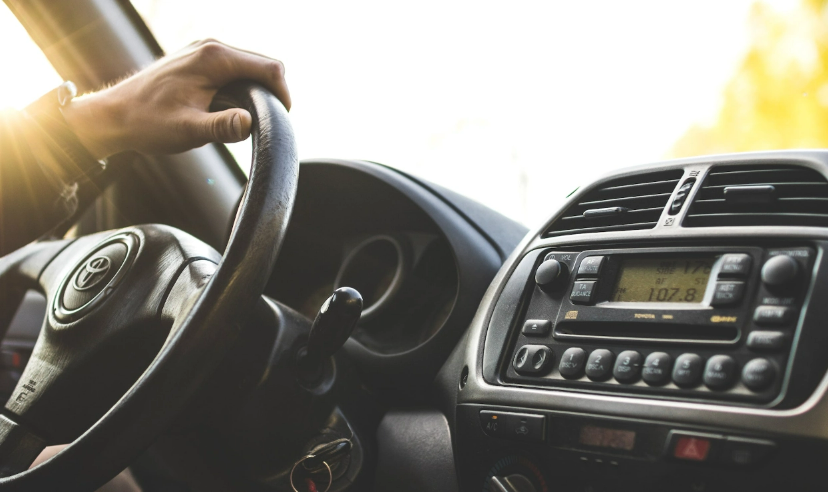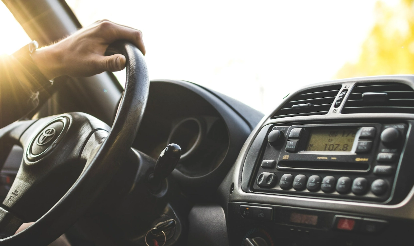There’s something about properly maintained cars. The car is quick to start and doesn’t sound jittery when idle. Your engine will less likely to overheat, or less likely to experience a tire blowing up in the middle of the highway.
Indeed, your car can last longer when you give it proper care, and an essential factor here is the replacement of parts and components before they get worn down. This is a key part of car periodic maintenance, which could make your ride perform at top condition longer and we’ll give you the lowdown on car replacement parts and the right time to get it done.
Car Parts and Components with Their Scheduled Replacement
-
Air filter
This filter blocks any impurities in the air, so they don’t find their way into the engine. Air filters are typically a mix of paper and synthetic fibers designed to trap insects, dust, sand, and other forms of dirt.
Clogged air filters can cause your engine to absorb dirt and work harder to pull in the air it needs to facilitate combustion. Either way, ignoring air filters can damage car engine parts.
When to replace it: Once or twice a year, replacements are recommended, although you can do it more frequently if you constantly deal with dusty climates or dirt road surfaces. In terms of mileage, an air filter change can be done every 30,000 km or as indicated in your owner’s manual.
-
Fuel filter
Regardless of your car type — whether it runs on gas or diesel — a fuel filter is necessary for the engine’s optimum performance. This car component, which sits on the fuel line and looks like a small cylinder, traps dirt, rust, and debris from the fuel coming from the tank before entering your car engine.
Difficulty in starting the engine, lack of engine power, and engine stalling are some of the possible effects of having a restricted flow of fuel.
When to replace it: On average, Fuel filters need to be replaced — not cleaned — every two (2) years or 40,000 km.
-
Oil and fluids
Here are the various types of oil and fluids you should check and change:
Engine oil — Also called motor oil, its job is to keep engine components lubricated so that everything runs smoothly. Running low on engine oil or turning more into sludge can render the car engine more prone to wear and other forms of hazards. Depending on the engine oil type, you could schedule an oil change starting at 5,000 km or every three (3) months, whichever comes first.
Coolant — Coolant is the liquid in the radiator that helps regulate your car’s cooling system with its antifreeze and anti-corrosion properties. Worn-out and low-level engine coolant can lead to a malfunctioning cooling system, so best to check it regularly. Some vehicles require a coolant flush and refill every two years or 80,000 km.
Power steering fluid — This fluid works for your car’s power steering system, so it’s easier to turn the wheels. Unwanted noises or a rough feel during steering indicates the fluid needs replacement, which could start at 40,000 km.
Brake fluid — Brake fluid supports the hydraulics in your car’s braking system. As you step on the brake pedal, the pressure from the fluid inside the brake lines sends the brake pads to work and slows your car. You don’t want to compromise on your braking system’s efficiency, so consider making brake fluid changes every so often throughout the lifespan of your vehicle. 40,000KM or every two (2) years.
Transmission fluid — This fluid is for lubricating and cooling your automatic car’s transmission gears, clutches, and valves, which work together to move the power from the engine to the wheels. To avoid transmission problems, such as the gears being hard to shift, you may need to replace the fluid starting at 40,000 km.
-
Brake pads
In conjunction with brake fluid, brake pads generate the force needed to put your vehicle to a stop. Since brake pads are one of the most often used car components, they’re more likely to get worn down faster. Notice some squeaking sound when you hit the brakes? That’s courtesy of the brake pads grinding against the metal brake rotors.
When to replace it: More than the loud grinding sounds that worn-out brake pads make, brake parts should be replaced with new ones before they even reach minimum thickness standards.
-
Shocks and struts
Shocks and struts are essential components of your car’s suspension system, which help ensure a smooth ride despite road bumps and other forms of impact. However, the constant motion of these car components can affect their integrity, such that they become noticeably soft and springy, causing your car to drift or jerk uncontrollably.
When to replace it: Your car mileage reaching 80,000 km is an ideal time to check your car’s suspension system, including the shocks and struts. Usually, shocks and struts are checked during a periodic maintenance service.
-
Bushings
Bushings are small rubber insulators that prevent metal-to-metal contact between various car components. Another vital element of a car’s suspension system, bushings are designed to absorb vibrations for better handling and steering. But as the rubber that cushions the bushings gets worn out, you may notice problems in alignment and ride quality. You’re also more likely to hear a clunking noise while driving.
When to replace it: Bushings should be checked along with the entire car suspension system regularly, but more frequent checking may be necessary if you always drive on uneven surfaces or if you tend to speed over speed bumps.
-
Spark plugs
Spark plugs are what ignite the air and fuel mixture in the engine cylinders of your gasoline-powered car. The spark generated then kicks off a series of controlled explosions to power the engine. Not changing your spark plugs on schedule can result in loss of power and acceleration, engine surging or misfiring, and increased fuel consumption.
When to replace it: The lifespans of spark plugs can differ based on the type that you use. Platinum, titanium, and iridium spark plugs generally last up to 100,000 km, while regular ones, such as those made of copper, may only be good for around 10,000 km.
-
Ignition coil packs
Also a vital component of your car’s ignition system, ignition coil packs are where electricity supplied by the battery and alternator ignites the spark plugs. Malfunctioning ignition coil packs are the culprit behind difficult engine starts, rough idle runs, and loss of engine power.
When to replace it: In general, ignition coil pack replacements are done on an as-needed basis, as they can last the life of your car. However, it would be best if you didn’t discount the possibility of failure, given that they’re found in the same hot and harsh environment as the engine.
-
Battery
Thanks to your car’s battery, power is supplied to the engine’s ignition system, headlights and taillights, radio, AC, alarms, and a host of other systems in and around the vehicle.
But while the alternator is constantly charging it while the engine is switched on, it has a limited lifespan like any other battery. Needless to say, the lack of sufficient voltage spells trouble for the electronic systems of your car.
When to replace it: The usual battery life can be anywhere from 2-3 years.
-
Alternator
As mentioned above, it’s the alternator that keeps the battery charged, supplying power to your car’s multiple electrical systems. High-demand applications can shorten the lifespan of the alternator, at which time you’ll likely start having charging problems.
When to replace it: Alternators typically last long, but they can also fail after seven (7) years.
-
Tires
Tires are one of the most hardworking components of your car, affecting how your vehicle steers, brakes, accelerates, and absorbs shock. They also support your vehicle’s load and improve fuel economy by providing a smooth run.Driving a car with worn-down tires is a safety hazard, as the tires are no longer efficient at steering or stopping the vehicle while also risking a blowout on the road.
When to replace it: Several factors affect the longevity of tires. They are serviceable for three (3) to five (5) years on average, but you should also consider if the tires’ wear rating is high enough to last that long.
Drive Car Troubles Away
Every car owner’s dream is to go places sans the hassle of experiencing breakdowns. This unfortunate situation could be avoided if you know how to care for your car. Besides following a schedule to check and replace key parts and components of your Toyota vehicle, you should also consult service advisors in Toyota Dealerships near you or check your Owner’s manual for your car’s specific needs.
Our proven expertise in car maintenance can help ensure your Toyota’s optimum performance for years and years to come. Schedule your next Periodic Maintenance with us using myTOTOTA App or shop for a brand new Toyota using our financial calculator .


















